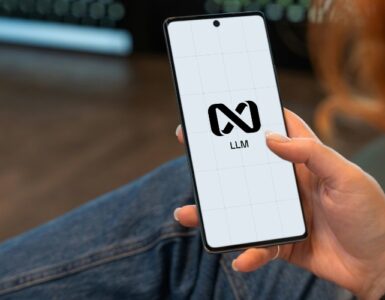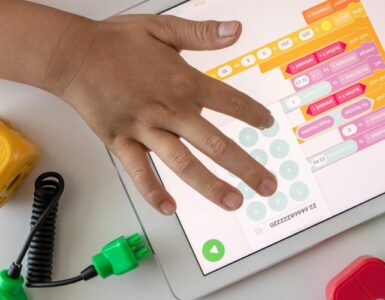In an era where technology is increasingly accessible, even the most resource-limited classrooms can benefit from the power of smartphones. These pocket-sized computers offer a wealth of educational possibilities. Let’s explore how teachers can leverage smartphone-based EdTech tools to enhance learning experiences.
Overcoming Connectivity Challenges
While internet connectivity remains a hurdle in many regions, offline apps and tools can still be incredibly effective. Teachers can curate a collection of educational apps that work without an internet connection. These apps can cover various subjects, from math and science to language arts and social studies.
Creating Engaging Learning Experiences
- Video creation and editing: Students can document experiments, create short films, or record presentations using built-in camera and editing apps.
- Language learning: Language learning apps offer interactive exercises, vocabulary builders, and pronunciation practice.
- Interactive quizzes and games: Turn learning into fun with quiz apps and educational games. Students can compete individually or in teams.
- Augmented reality (AR): Some smartphones support AR apps that can bring textbooks to life with interactive 3D models and simulations.
Leveraging Collaborative Learning
- Group projects: Students can collaborate on projects using shared documents or presentation apps.
- Peer feedback: Apps can facilitate peer review and feedback on assignments.
- Online forums: Create virtual discussion groups for students to share ideas and knowledge.
Teacher Professional Development
- Online courses: Teachers can access online professional development courses and webinars through their smartphones.
- Educational communities: Connect with other educators to share best practices and resources.
- Research tools: Conduct research on educational topics and trends using search engines and academic databases.
Challenges and Considerations
While smartphones offer immense potential, it’s essential to address challenges such as data costs, digital divide, and screen time management. Teachers can implement strategies like group app usage, scheduled device use, and digital citizenship lessons to mitigate these issues.
By thoughtfully integrating smartphones into the classroom, educators can create dynamic and engaging learning environments, even in resource-constrained settings. It’s about empowering students to become active participants in their education and equipping them with the skills to thrive in the digital age.








